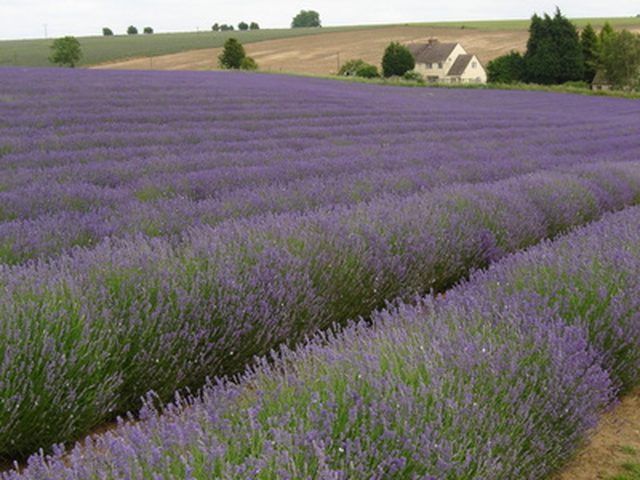Bulbs
Flower Basics
Flower Beds & Specialty Gardens
Flower Garden
Garden Furniture
Garden Gnomes
Garden Seeds
Garden Sheds
Garden Statues
Garden Tools & Supplies
Gardening Basics
Green & Organic
Groundcovers & Vines
Growing Annuals
Growing Basil
Growing Beans
Growing Berries
Growing Blueberries
Growing Cactus
Growing Corn
Growing Cotton
Growing Edibles
Growing Flowers
Growing Garlic
Growing Grapes
Growing Grass
Growing Herbs
Growing Jasmine
Growing Mint
Growing Mushrooms
Orchids
Growing Peanuts
Growing Perennials
Growing Plants
Growing Rosemary
Growing Roses
Growing Strawberries
Growing Sunflowers
Growing Thyme
Growing Tomatoes
Growing Tulips
Growing Vegetables
Herb Basics
Herb Garden
Indoor Growing
Landscaping Basics
Landscaping Patios
Landscaping Plants
Landscaping Shrubs
Landscaping Trees
Landscaping Walks & Pathways
Lawn Basics
Lawn Maintenance
Lawn Mowers
Lawn Ornaments
Lawn Planting
Lawn Tools
Outdoor Growing
Overall Landscape Planning
Pests, Weeds & Problems
Plant Basics
Rock Garden
Rose Garden
Shrubs
Soil
Specialty Gardens
Trees
Vegetable Garden
Yard Maintenance
Economics of Growing Lavender
Economics of Growing Lavender. Because of lavender's many uses, the fragrant herb can be grown for profit. However, there are factors to consider before mowing over your other flowers and planting a field of lavender to sell. You must make sure you have optimal growing conditions, enough capital investment, and a market and labor for the finished...

Because of lavender's many uses, the fragrant herb can be grown for profit. However, there are factors to consider before mowing over your other flowers and planting a field of lavender to sell. You must make sure you have optimal growing conditions, enough capital investment, and a market and labor for the finished product.
Uses of Lavender
Because of its old-fashioned floral fragrance, lavender is a popular herb among flower enthusiasts. It has medicinal properties, such as healing minor burns, headaches and insomnia. You can mix it with soaps, put it in dishes and use it in sachets around your house. Not only is it beautiful, but lavender makes a great pest repellent. Lavender has even been grown at landfills to hide the smell of garbage.
Capital Investment
In order to grow lavender, you need to purchase lavender seeds or plants. The average cost of a fully developed lavender plant is around $12 in 2010. However, you can purchase younger specimens for between $4 and $6. Seeds are just as pricey. Depending on how many plants you want to grow, you can expect to spend $200 for 10,000 seeds.
Optimal Conditions
Lavender prefers limey, sandy soil. If your soil is acidic, you will have to add garden lime to it. If your soil is too rich, you will have to add sand and pebbles to the dirt before planting. Lavender also prefers sand and small pebbles to regular wood mulches, so be sure you buy enough of each. Half a cubic foot of sand or pebbles can cost between $3 and $5 in 2010.
Lavender does not do well in high humidity because of it being fungi-prone. Therefore, be sure to plant your herb where it will get plenty of sunlight.
The Market
Choose the right variety of lavender for your market. True lavender produces only one-third the amount of dried flowers and oil as lavender cultivars. Once you have decided on the type of plant you need, you will have to determine whether you want to sell the dried flowers or the oil from your plants. If you decide to sell the oil, you will need an oil extraction machine. These can cost roughly $9,000.
If you decide to sell the flowers, you need to determine how you will sell them. You can put them in sachets or hand creams and soaps. You can even sell them in culinary dishes, such as lavender shortbread, jam or lemon squares. However you decide to market your lavender, remember that additional ingredients such lemons for cooking, lye to make soap and ribbons to tie up dried stalks, add additional cost.
Labor
Once your lavender production is at a point where you can no longer tend to your plants and products on your own, you will need to hire help. Look into your state's laws before hiring employees. Depending on the number of employees you retain, the government may require you to pay minimum wage and certain benefits to your employees.